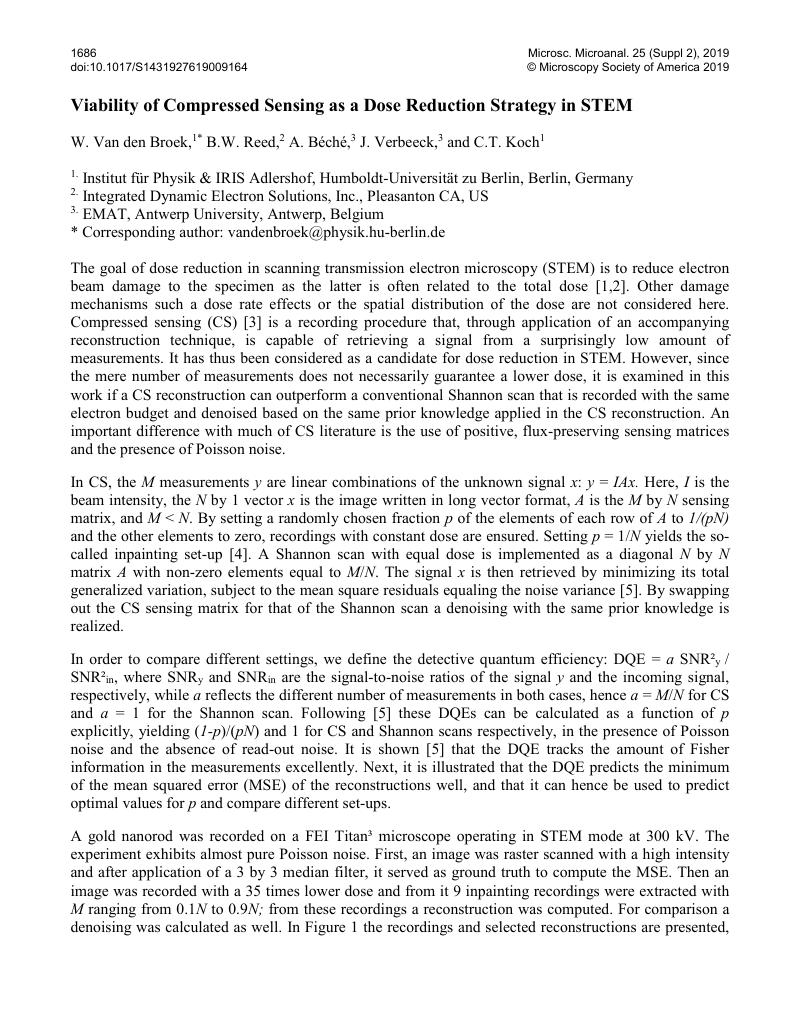Crossref Citations
This article has been cited by the following publications. This list is generated based on data provided by Crossref.
Russo, C.J.
and
Egerton, R.F.
2019.
Damage in electron cryomicroscopy: Lessons from biology for materials science.
MRS Bulletin,
Vol. 44,
Issue. 12,
p.
935.
2022.
Principles of Electron Optics, Volume 4.
p.
2489.
Peters, Jonathan J P
Mullarkey, Tiarnan
Gott, James A
Nelson, Elizabeth
and
Jones, Lewys
2023.
Interlacing in Atomic Resolution Scanning Transmission Electron Microscopy.
Microscopy and Microanalysis,
Vol. 29,
Issue. 4,
p.
1373.



